
Convolvulaceae, known commonly as the bindweed or morning glory family, is a family of about 60 genera and more than 1,650 species of mostly herbaceous vines, but also trees, shrubs and herbs, and also including the sweet potato and a few other food tubers.

Plantaginaceae, the plantain family, is a family of flowering plants in the order Lamiales. In older classifications it used to be the only family of the order Plantaginales, but numerous phylogenetic studies, summarized by the Angiosperm Phylogeny Group, have demonstrated that this taxon should be included within Lamiales.

Franz Josef Maria Werner was an Austrian zoologist and explorer. Specializing as a herpetologist and entomologist, Werner described numerous species and other taxa of frogs, snakes, insects, and other organisms.

Yunganastes bisignatus is a species of frog in the family Craugastoridae. It is endemic to the La Paz Department, Bolivia, and known from between the Inquisivi and Nor Yungas Provinces. It has been considered synonym of Pristimantis fenestratus but is now treated as valid species.

Psocidae is a family of barklice in the order Psocoptera.
The World Register of Marine Species (WoRMS) is a taxonomic database that aims to provide an authoritative and comprehensive list of names of marine organisms.

The Ropalomeridae are a family of acalyptrate flies.
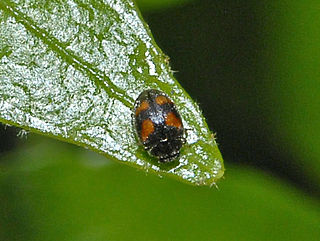
Nephus is a genus of lady beetles in the family Coccinellidae. There are more than 25 described species in Nephus. Several former species are now in the genus Scymnobius.

Sympherobius is a genus of brown lacewings in the family Hemerobiidae. There are at least 50 described species in Sympherobius.
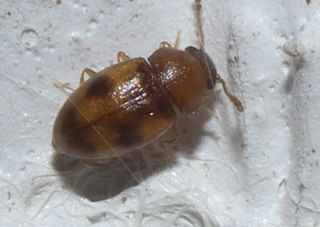
Toramus is a genus of pleasing fungus beetles in the family Erotylidae. There are about nine described species in Toramus.
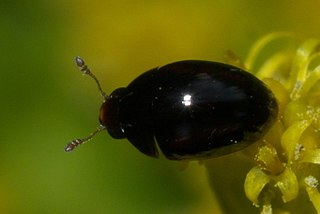
Olibrus is a genus of shining flower beetles in the family Phalacridae. There are at least 30 described species in Olibrus.
Indiopsocus is a genus of common barklice in the family Psocidae. There are more than 30 described species in Indiopsocus.

Ptyctini is a tribe of common barklice in the family Psocidae. There are about 6 genera and at least 20 described species in Ptyctini.

Psocinae is a subfamily of common barklice in the family Psocidae. There are about 11 genera and at least 40 described species in Psocinae.
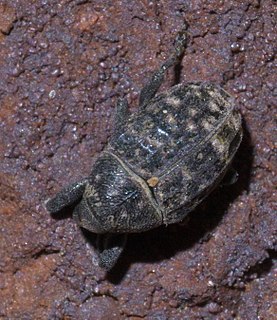
Rhyssomatus is a genus of true weevils in the beetle family Curculionidae. There are at least 180 described species in Rhyssomatus.
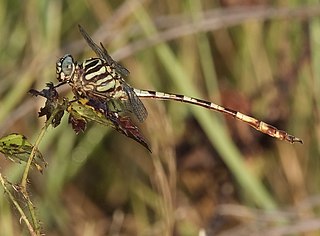
Aphylla angustifolia, the broad-striped forceptail, is a species of clubtail in the family of dragonflies known as Gomphidae. It is found in Central America and North America.
Indiopsocus ceterus is a species of common barklouse in the family Psocidae. It is found in the Caribbean Sea and North America.
Indiopsocus coquilletti is a species of common barklouse in the family Psocidae. It is found in Central America and North America.
Eubulus bisignatus is a species of hidden snout weevil in the beetle family Curculionidae.
Euspilotus is a genus of clown beetles in the family Histeridae. There are more than 80 described species in Euspilotus.














